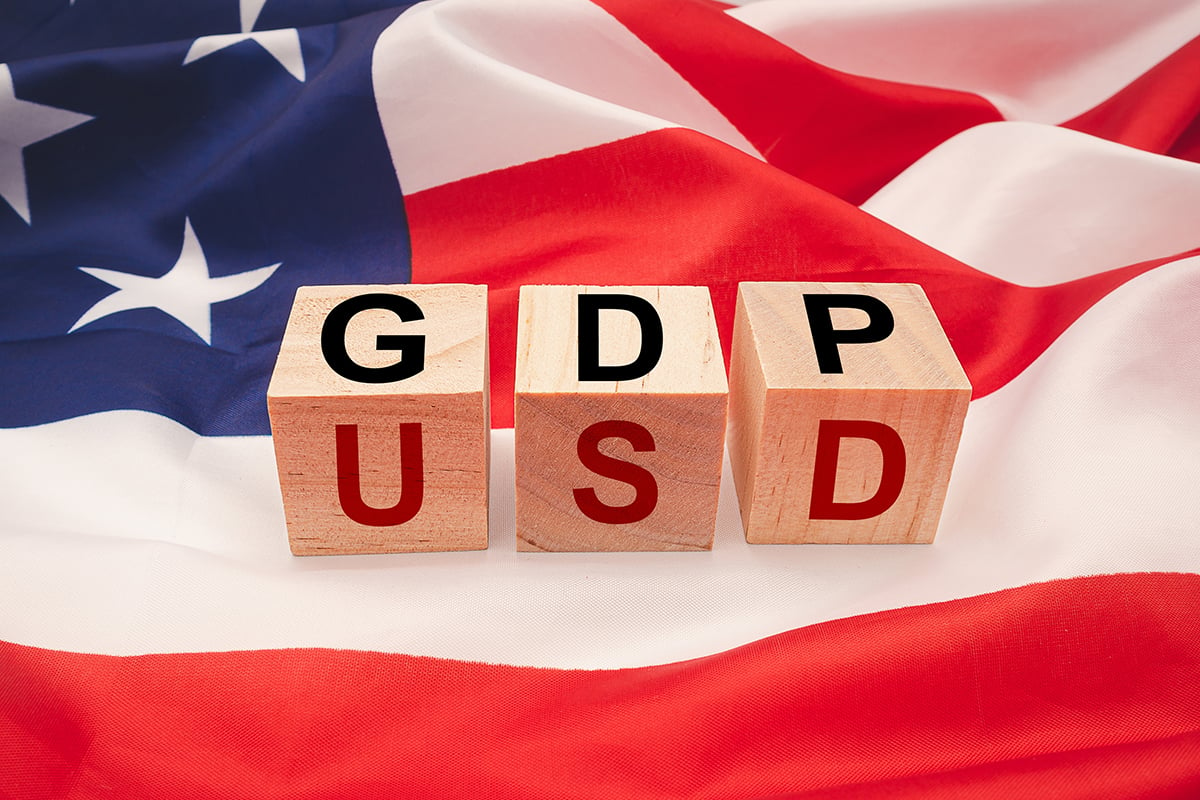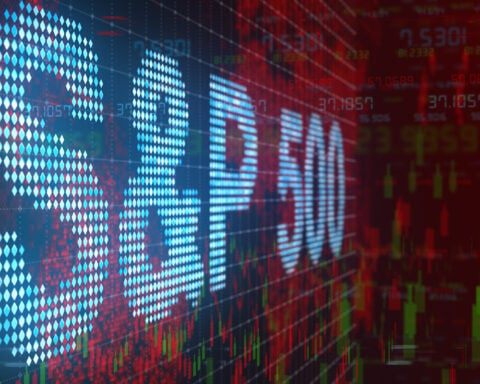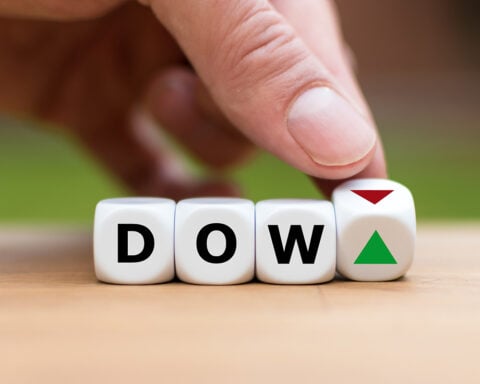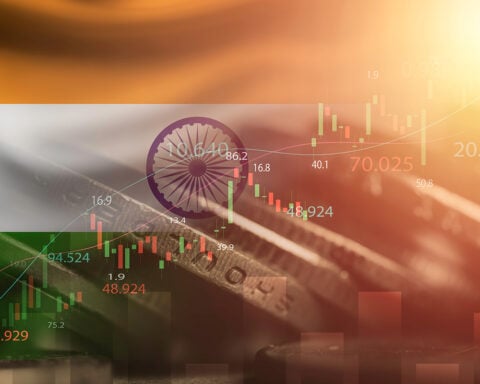The U.S. economy has demonstrated impressive growth in the third quarter, with the Gross Domestic Product (GDP) expected to show a 4.7% annualized gain, as per a Dow Jones consensus estimate. This remarkable performance signals the most substantial output since Q4 of 2021. However, despite these positive numbers, there is a lingering question among policymakers, economists, and markets about the sustainability of this growth and what the future holds for the U.S. economy.
The Commerce Department’s first estimate of the GDP for Q3 is highly anticipated and is expected to confirm the solid economic performance. Joseph LaVorgna, chief economist at SMBC Nikko Securities America, cautions, “We ought to look at whatever we print in the third quarter with a large degree of suspicion. GDP doesn’t tell us where we’re going. We can feel all warm and fuzzy about a good number. But the real problem is what’s next.”
Historically, economists have been anticipating a slowdown and possible recession over the past two years. The Federal Reserve even shared this projection, though it was retracted recently in light of the resilient consumer behaviour that has propelled economic growth.
Consumer spending continues to be a significant driver of economic growth, with the Atlanta Fed’s GDPNow tracker projecting a 5.4% growth for Q3, contributing to more than half of this figure. Although there are concerns about higher borrowing costs and a potential decrease in demand for big-ticket items, the consumer market has shown resilience. “This consumer feels comfortable spending money; they feel comfortable borrowing money,” says Steven Ricchiuto, U.S. chief economist at Mizuho Securities USA.
However, the looming threat of a recession cannot be entirely dismissed. The bond market has been signalling a possible recession since mid-July 2022, with an inverted yield curve often a reliable predictor of an impending recession. Quincy Krosby, chief global strategist at LPL Financial, explains, “The market is sending a message that a recession is coming, and the Fed will have to lower rates.”
The U.S. economy has exhibited a commendable performance in the third quarter, a testament to the resilience and robustness of the consumer market and government policies. However, the future remains uncertain, with mixed signals from the bond market and concerns about higher borrowing costs and a potential pullback in consumer spending. As policymakers and markets closely watch the upcoming economic data, the question remains: will the U.S. economy continue to defy historical trends and sustain its growth trajectory, or are we on the brink of a downturn?







